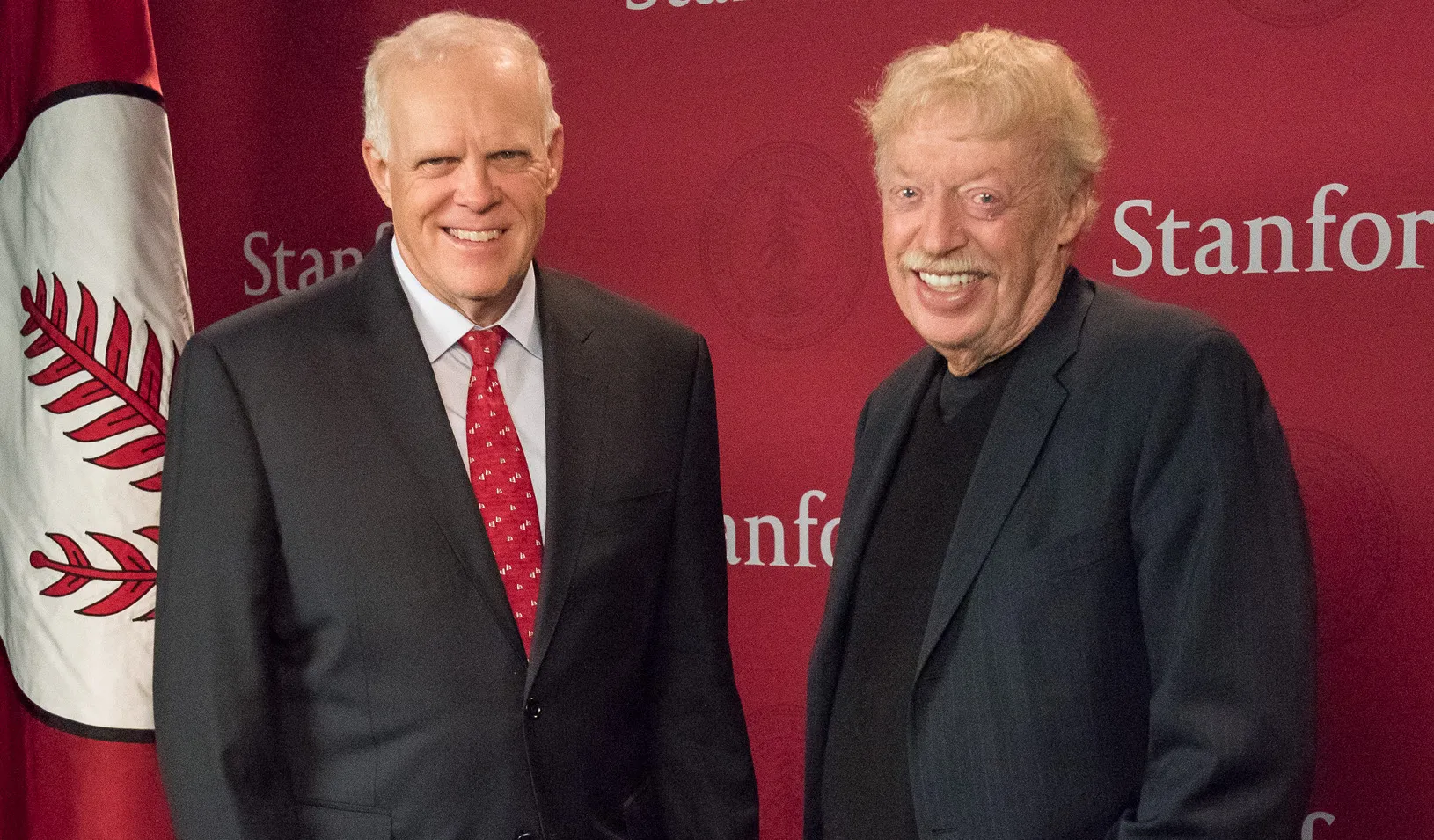Brandon Colby, MBA ’07: Charting the Course for a Predictive Medicine Venture
A doctor working to promote the adoption of genomics learns from grad school both how to launch a business, and how to start over.
November 02, 2017
Unaligned DNA sequences viewed on LCD screen. l Getty Images
Brandon Colby, MBA ’07, was born with a rare genetic disorder that makes his skin extremely sensitive to heat.
“From an early age, I wanted to understand and control my genes instead of having them fully control me,” he says.
Brandon Colby, MBA ’07
With that in mind, Colby became a physician specializing in personalized medicine and genomics, but he quickly realized that one-on-one medical care isn’t scalable and that true revolution would come through companies that can enable the widespread adoption of genomics. He came to Stanford Graduate School of Business seeking an education that would prepare him to follow his passion for genomics through entrepreneurship.
“I always had a vision for what I wanted to accomplish, but I didn’t know how to get there. Stanford GSB helped me to define that path,” Colby says.
Colby learned about leadership from Stanford GSB courses like Managing Growing Enterprises, a popular class that includes role-playing challenging management scenarios like hiring and firing. He rounded out his education at Stanford by taking classes related to genomics “across the street” in the university’s law, medical, and education schools.
The First Startup
During Colby’s second year at Stanford GSB, he founded Existence Genetics, a genetic analysis and reporting company. The company was formed around proprietary genetic testing and analysis technology that provided actionable information about more than 1,200 diseases, as well as potential medication reactions.
It wasn’t only coursework that helped Colby chart his path, but also the support of classmates who are trusted advisers to this day. Nabil Kassam, MBA ’07, and Paul Strachman, MBA ’07, in particular, helped Colby with business plans, financial models, and even illustrations for his patent applications.
“Paul and Nabil have expertise from their finance and consulting backgrounds that I didn’t have as a doctor,” Colby observes. “They helped me fill in those gaps.”
Several years out of school, Colby found himself facing increasing competition in the genetics industry. The prices for Existence Genetics’ services declined, and, given the high cost of genetic testing hardware, margins became very thin. Realizing that the business didn’t have the capital required to win in its market, Colby knew that he had to shut down the company.
“It took a few months for the dust to settle because there’s a lot of emotional involvement that you have with any venture. And then when it doesn’t work, you go through a mourning period,” Colby says.
He went back to practicing medicine for a year while he considered his next move.
New Knowledge, New Venture
“It’s ingrained into us at Stanford GSB that when a company fails, it’s something to be looked at in a positive way,” Colby says. “You take swings at the ball and learn in the process.”
He was back up at bat only a year later. Through his experience with Existence Genetics, Colby realized that the real opportunity lay in securely storing and analyzing the troves of genetic data that is already available. He started Sequencing.com to give consumers, medical professionals, and researchers the opportunity to store genetic information and interpret it using a variety of apps available through the company’s App Market.
“Because of the GSB philosophy, I was able to go through the mourning period for my first company very quickly,” says Colby. “Let’s use what I learned during that journey and apply it to the next challenge.”
— Dana Mauriello
For media inquiries, visit the Newsroom.
Explore More
Phil Knight Honored with Uncommon Citizen Award

Catherine Roberts Joins Stanford GSB as CCMO

Alyssa Rapp, MBA ’05: What Matters to Me Now and Why
